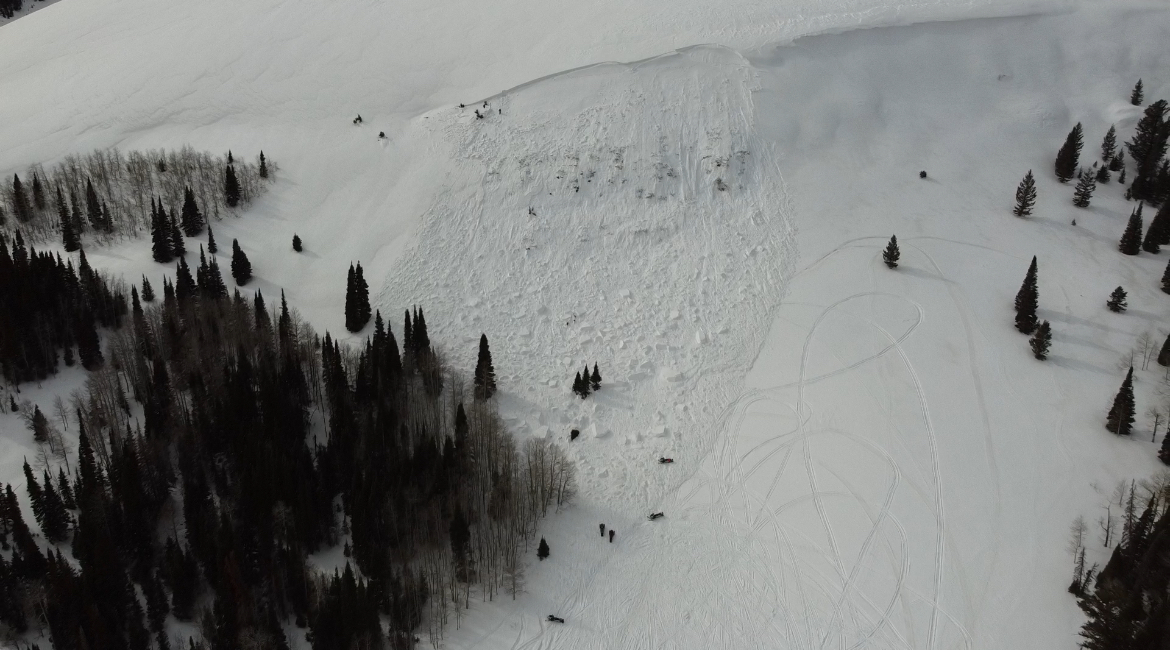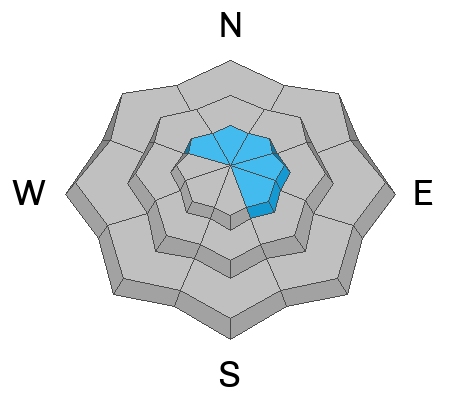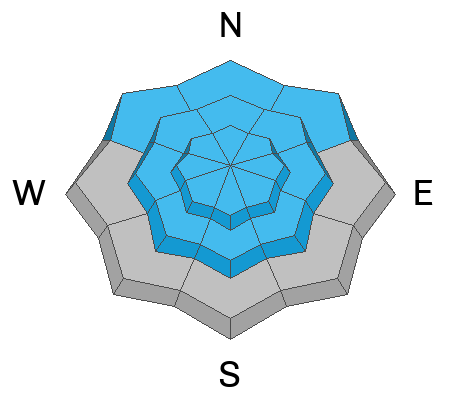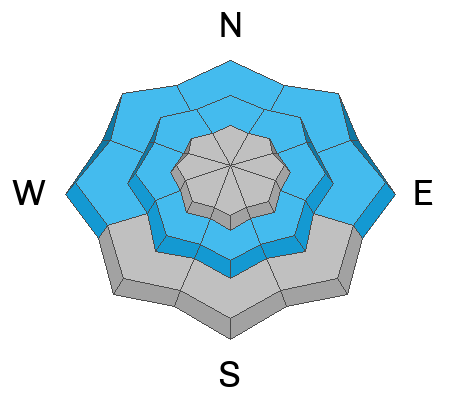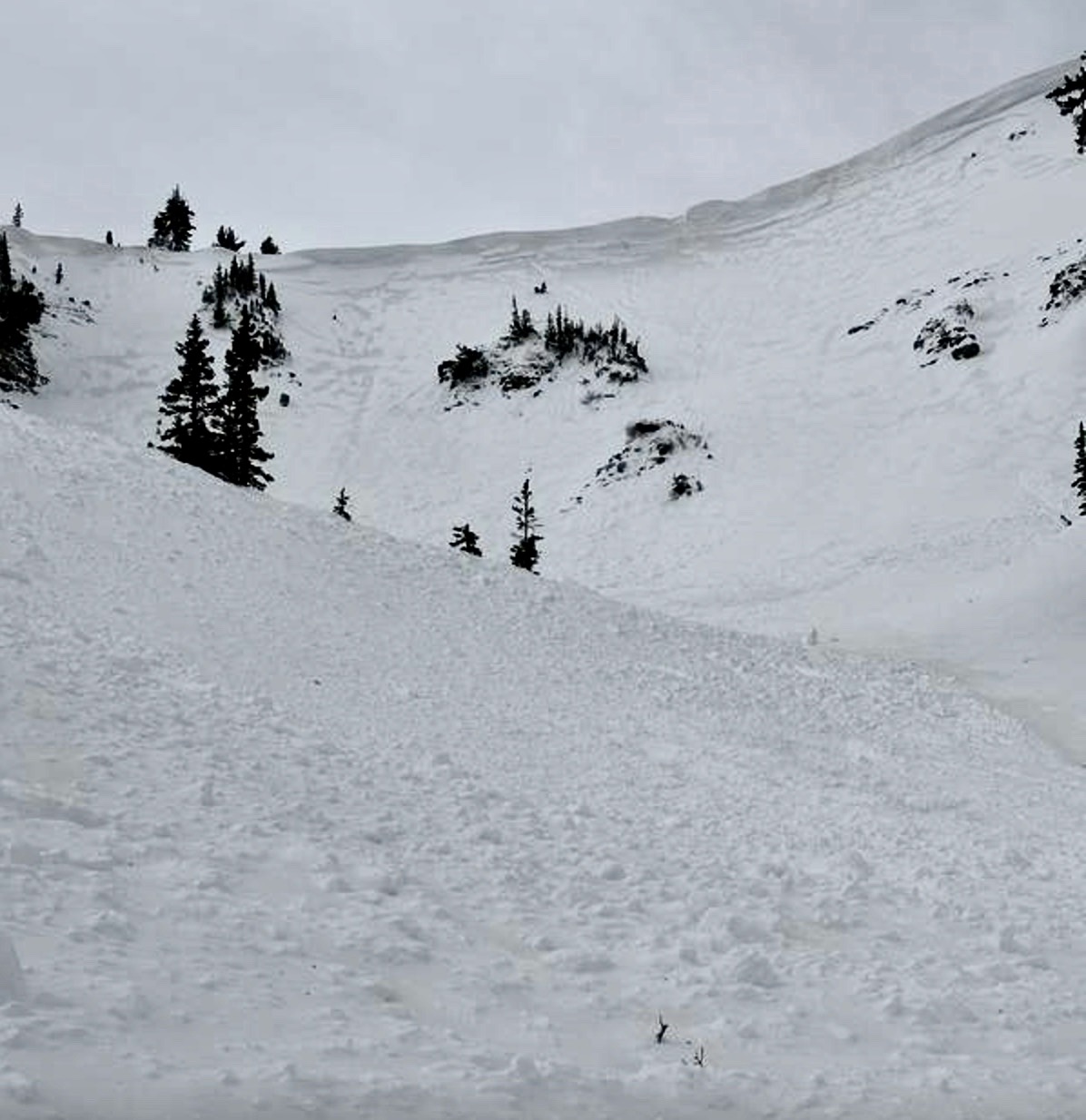Forecast for the Logan Area Mountains

Issued by Toby Weed on
Wednesday morning, February 5, 2025
Wednesday morning, February 5, 2025
There is CONSIDERABLE danger on drifted upper-elevation slopes steeper than 30°, and people are likely to trigger dangerous wind-slab avalanches. Heightened avalanche conditions exist in most other terrain, and wet avalanches are possible.
Careful snowpack evaluation, cautious route-finding, and conservative decision-making are essential for safe backcountry travel today.
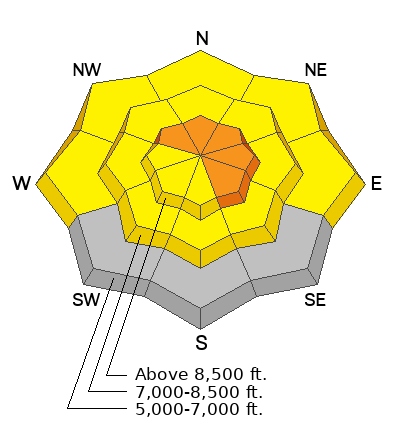
Low
Moderate
Considerable
High
Extreme
Learn how to read the forecast here


